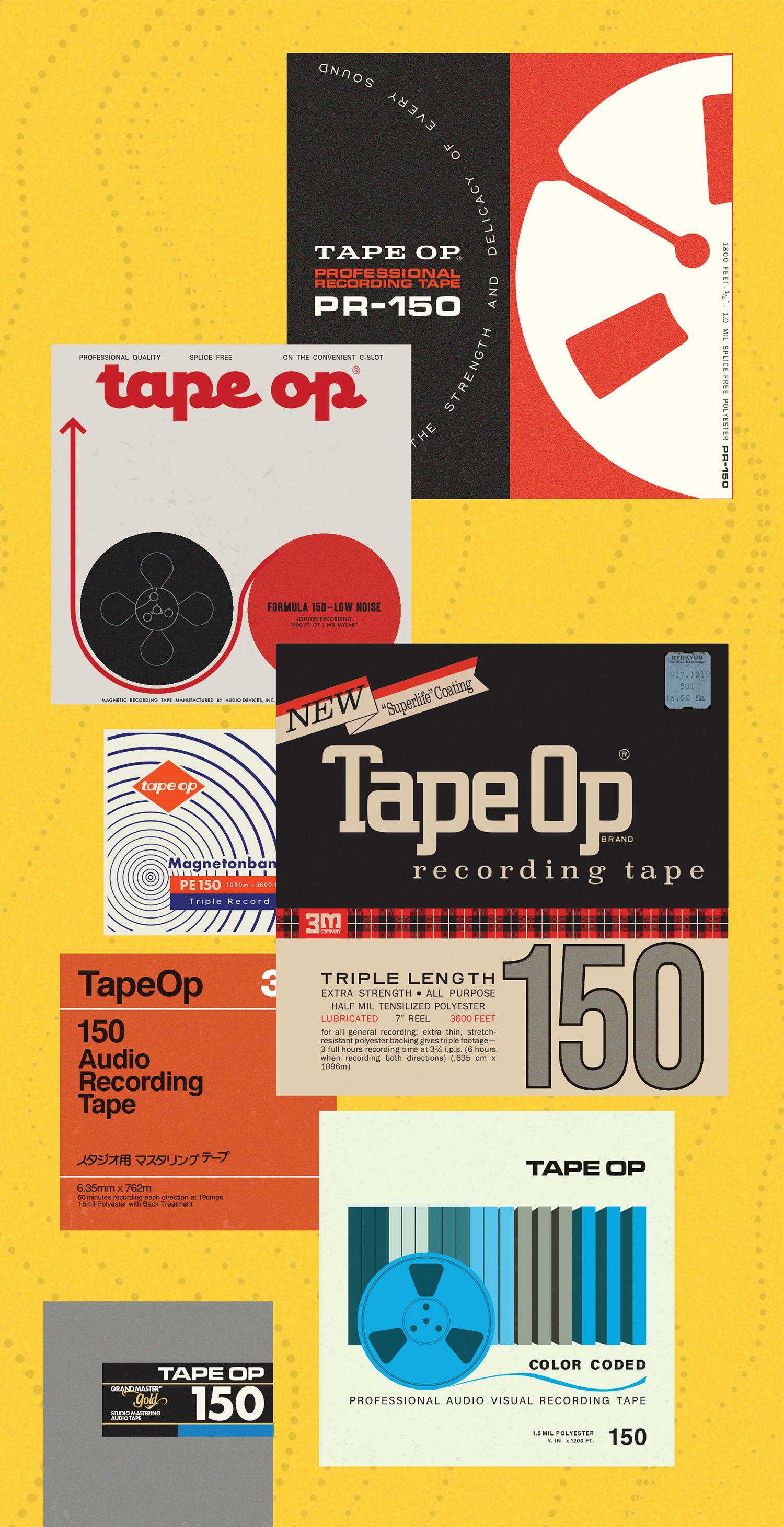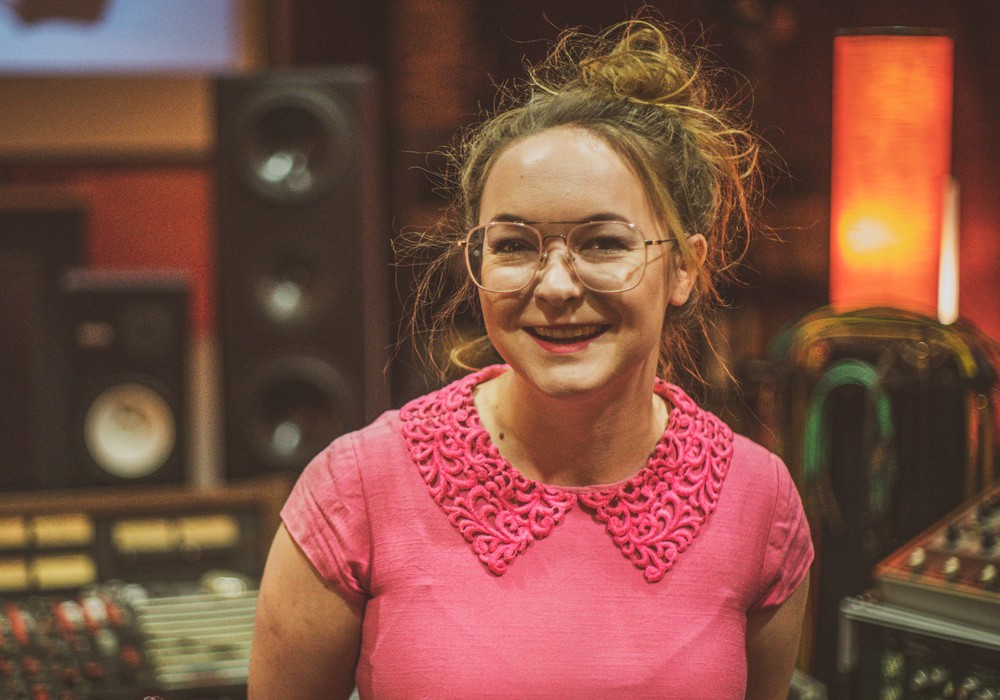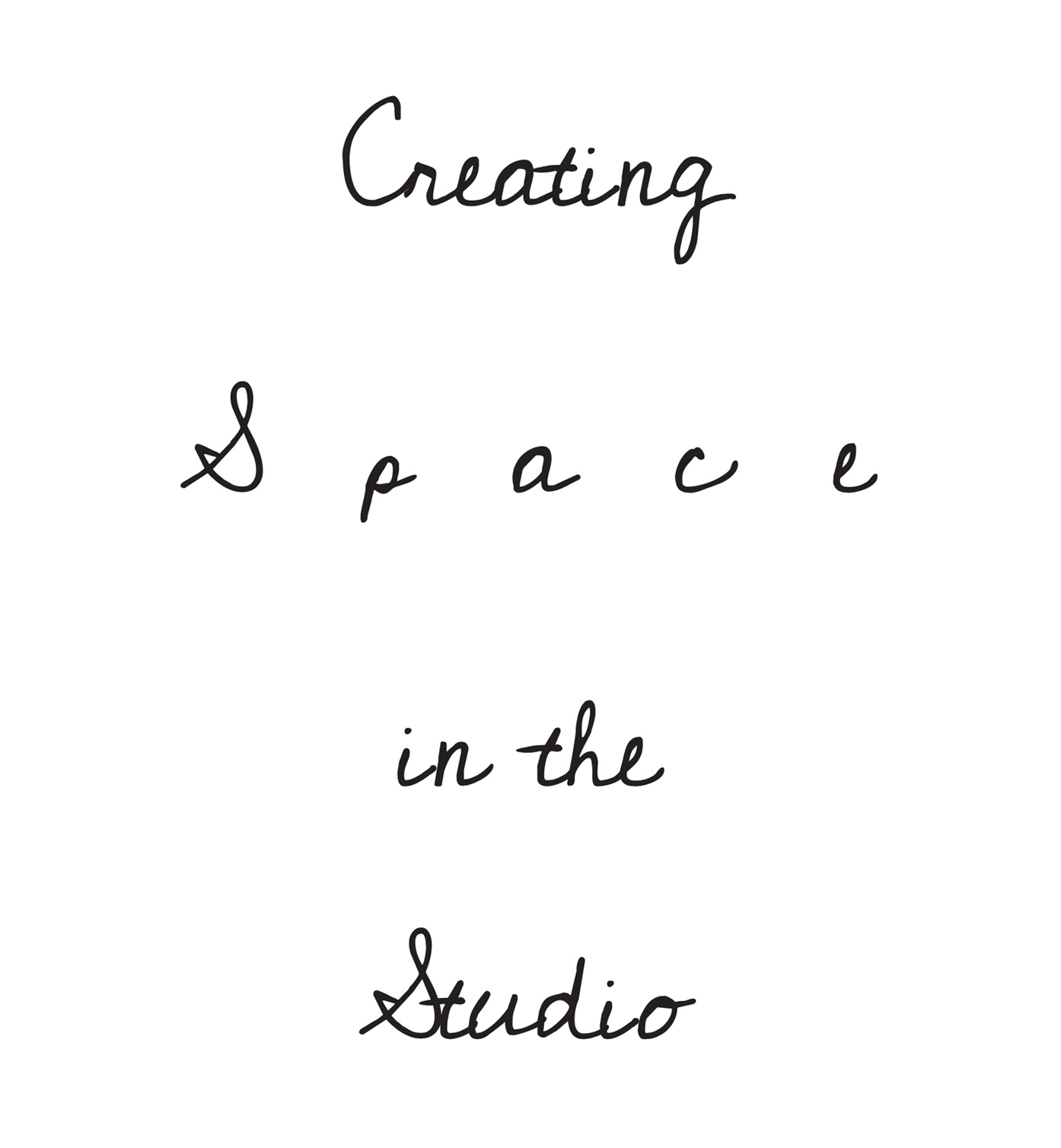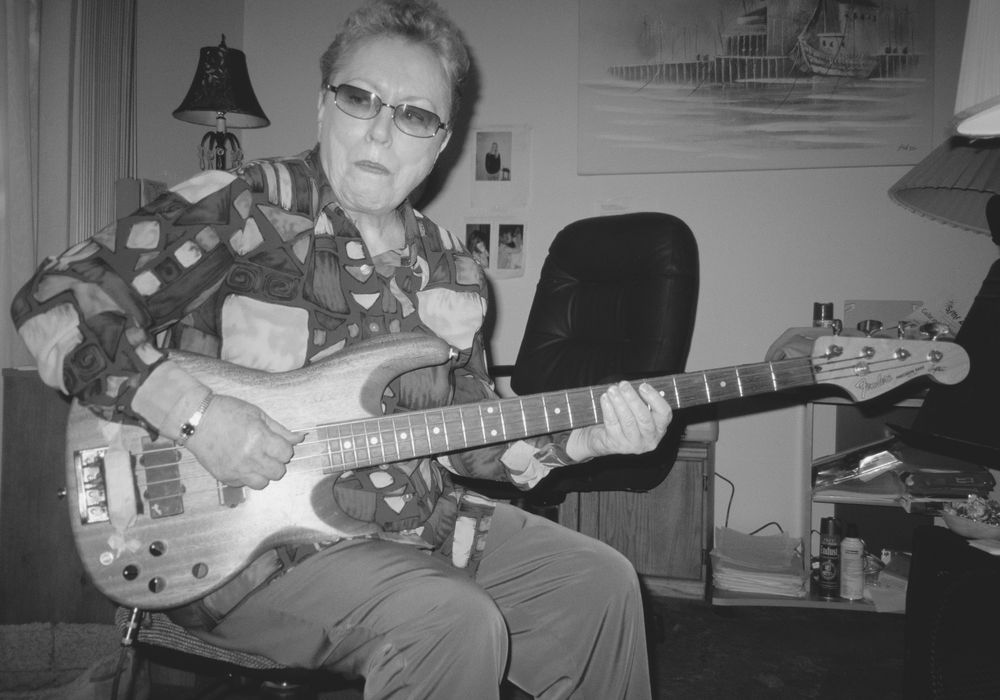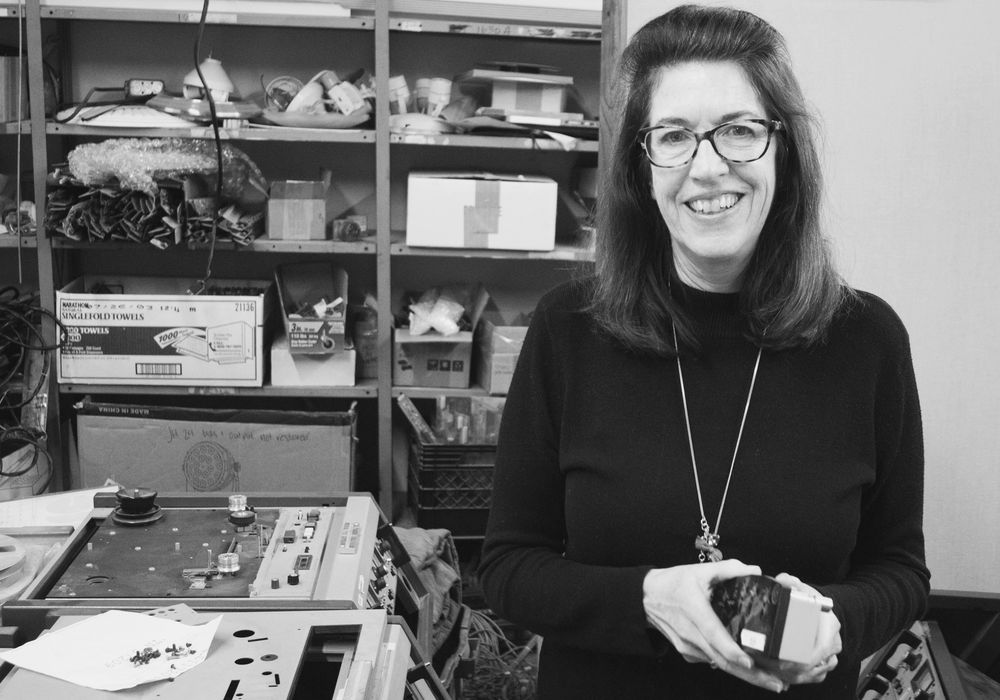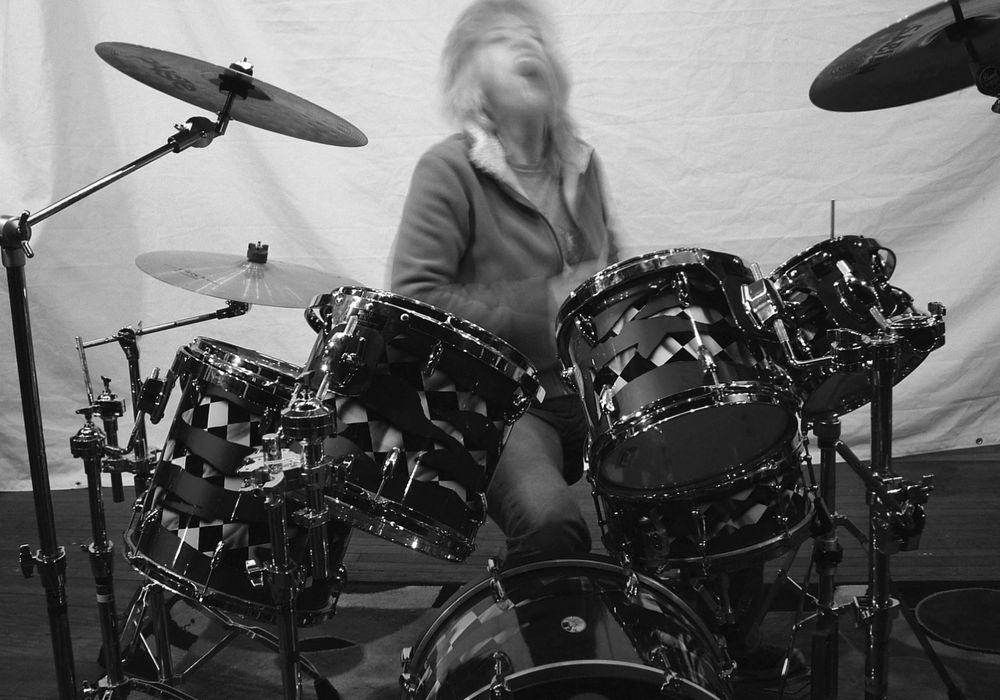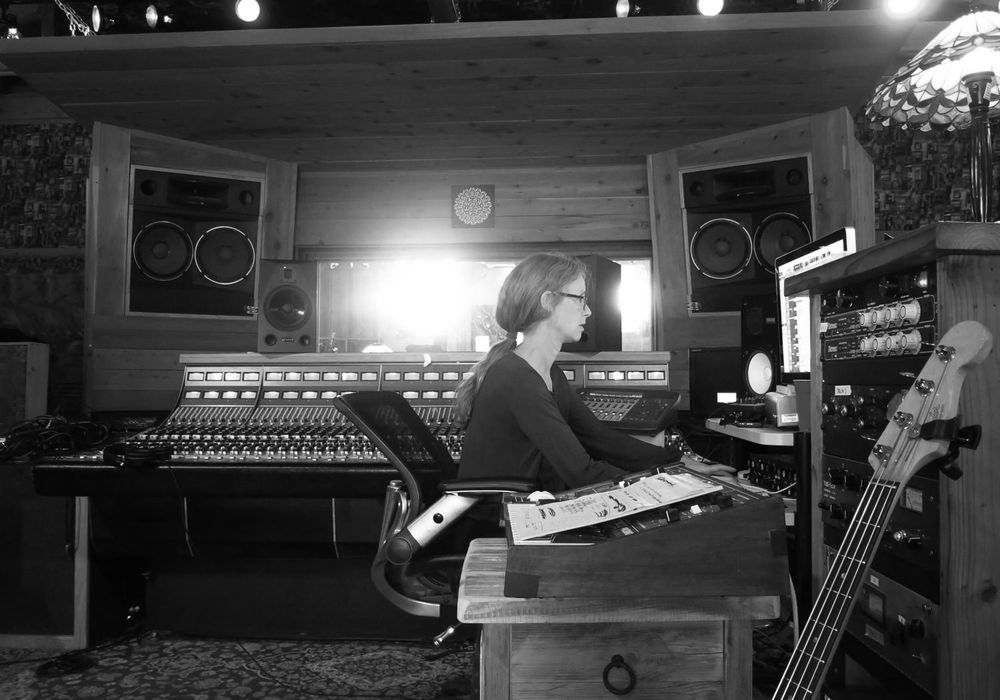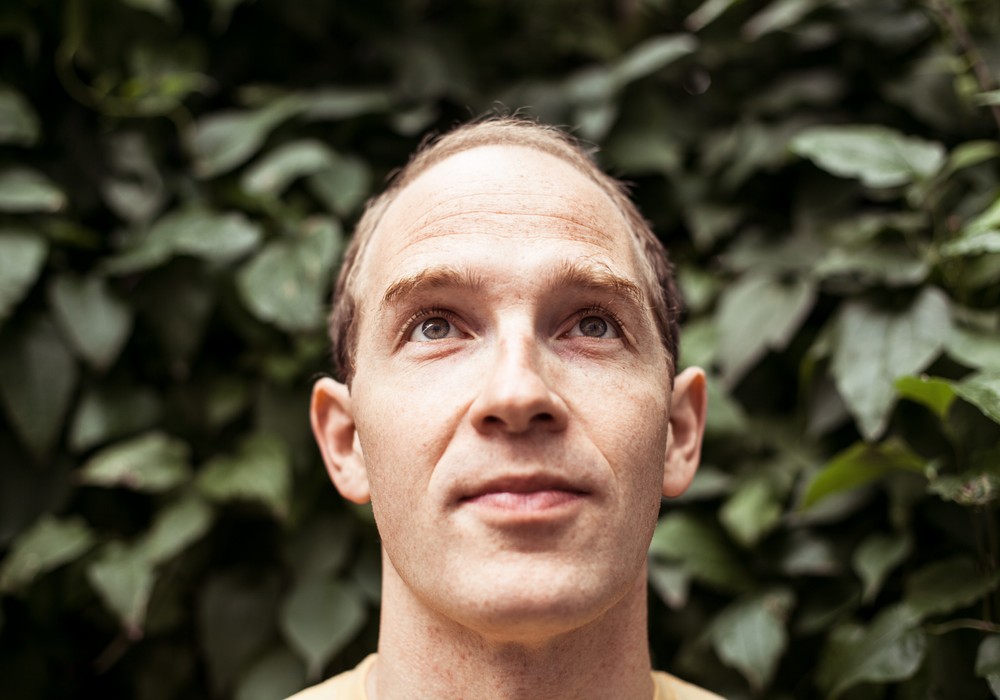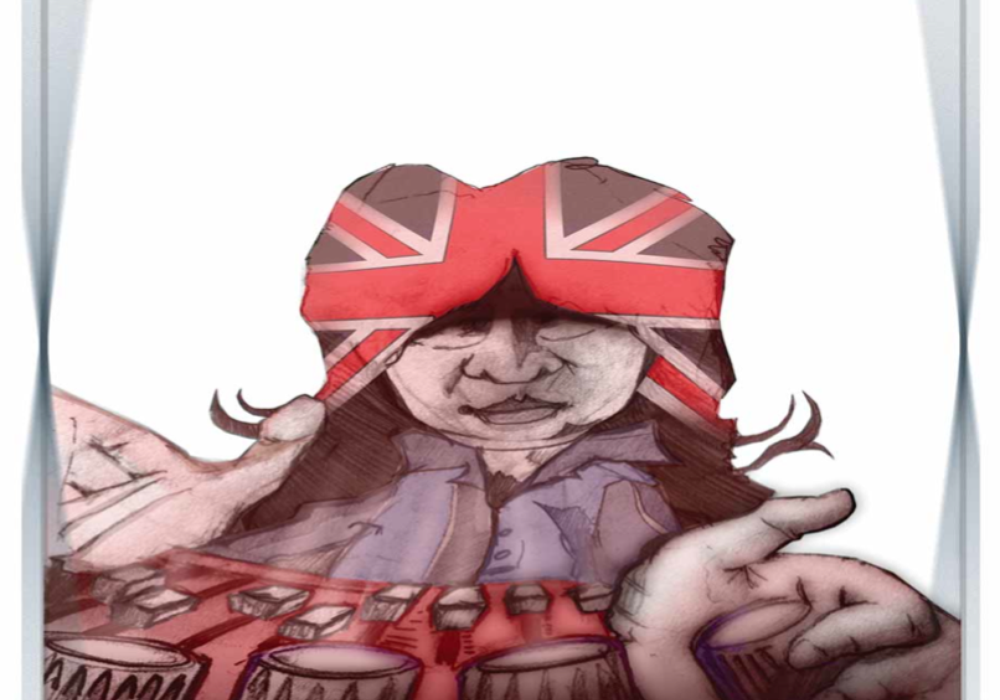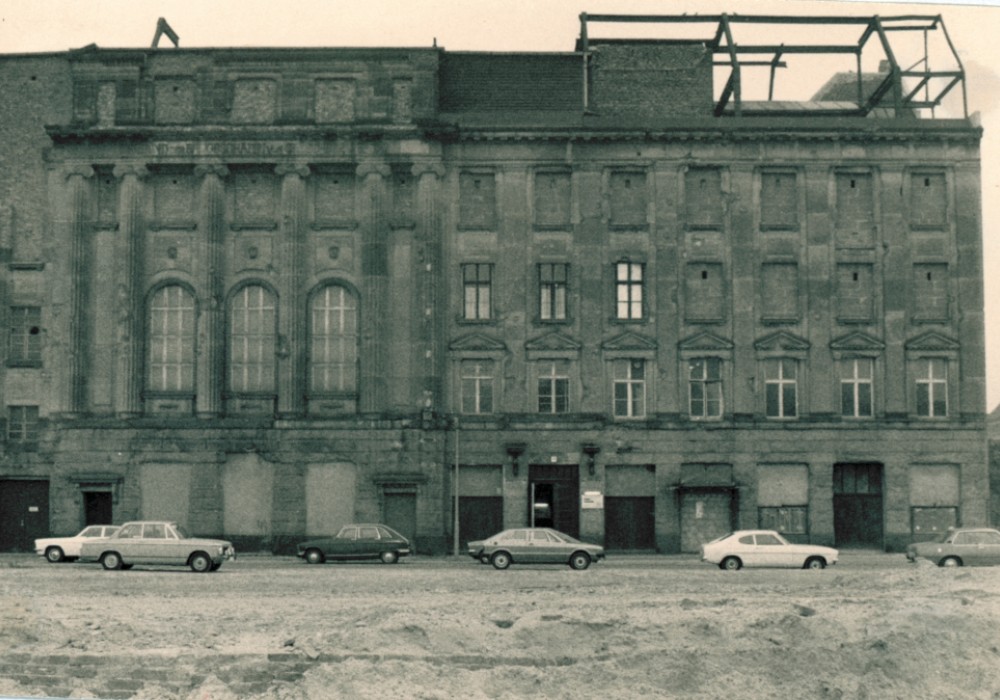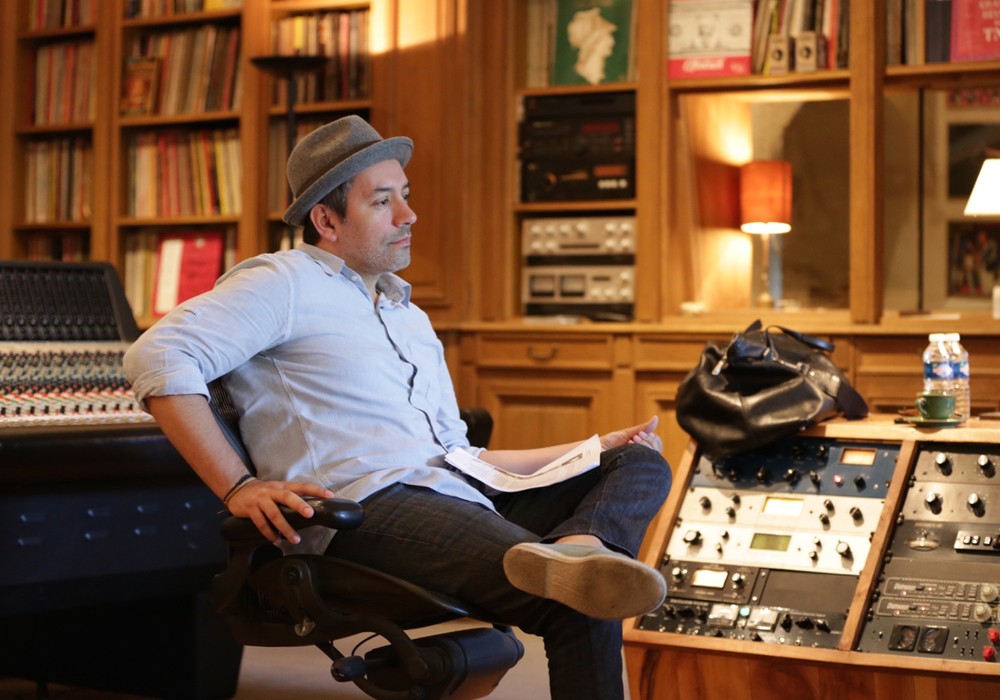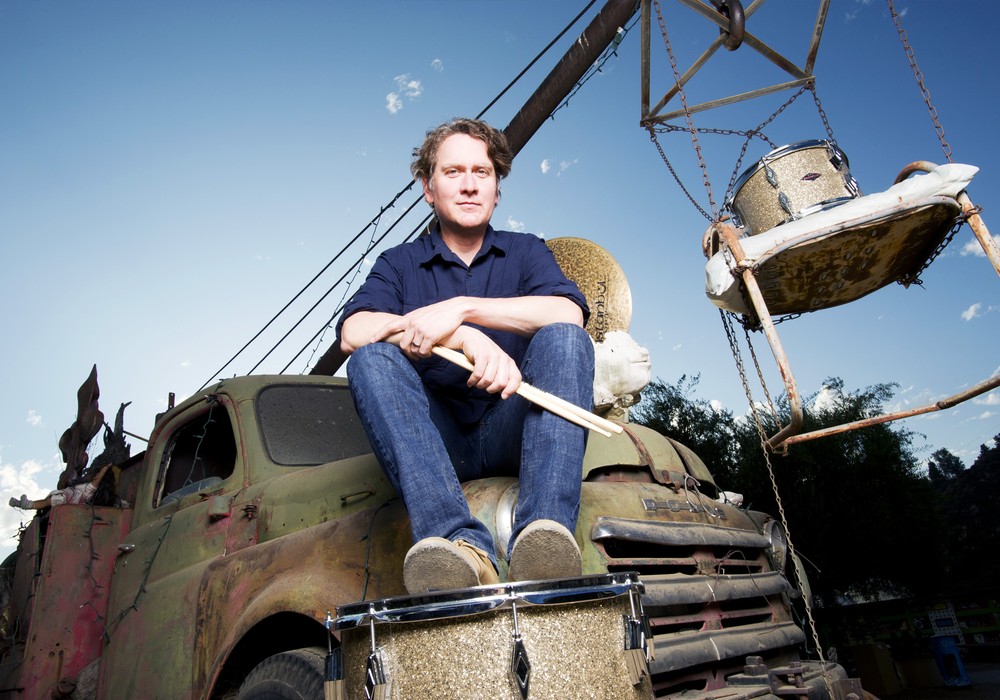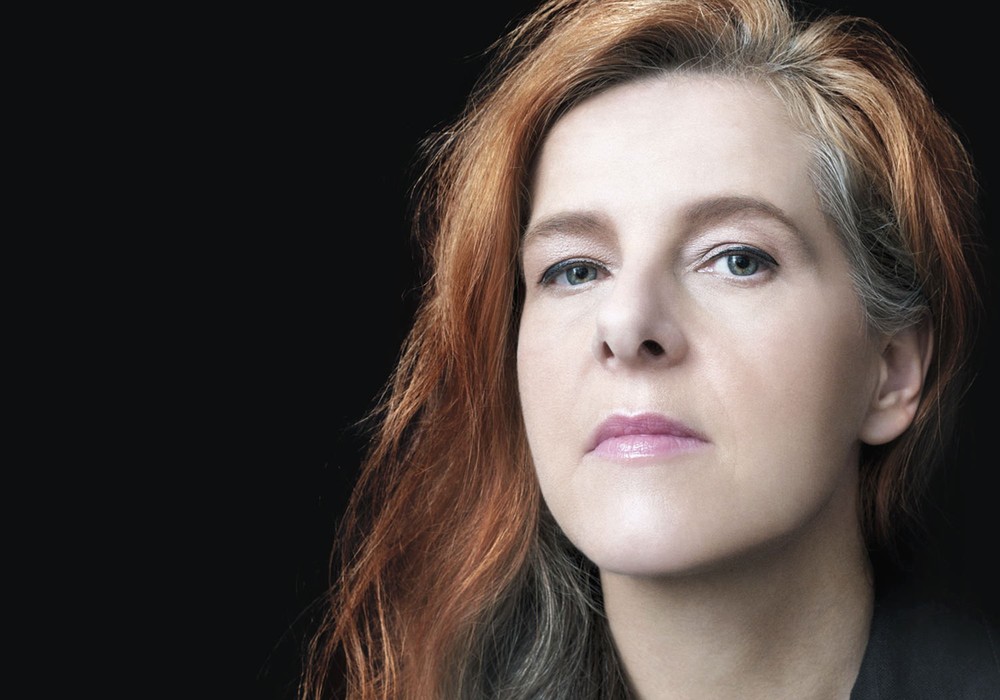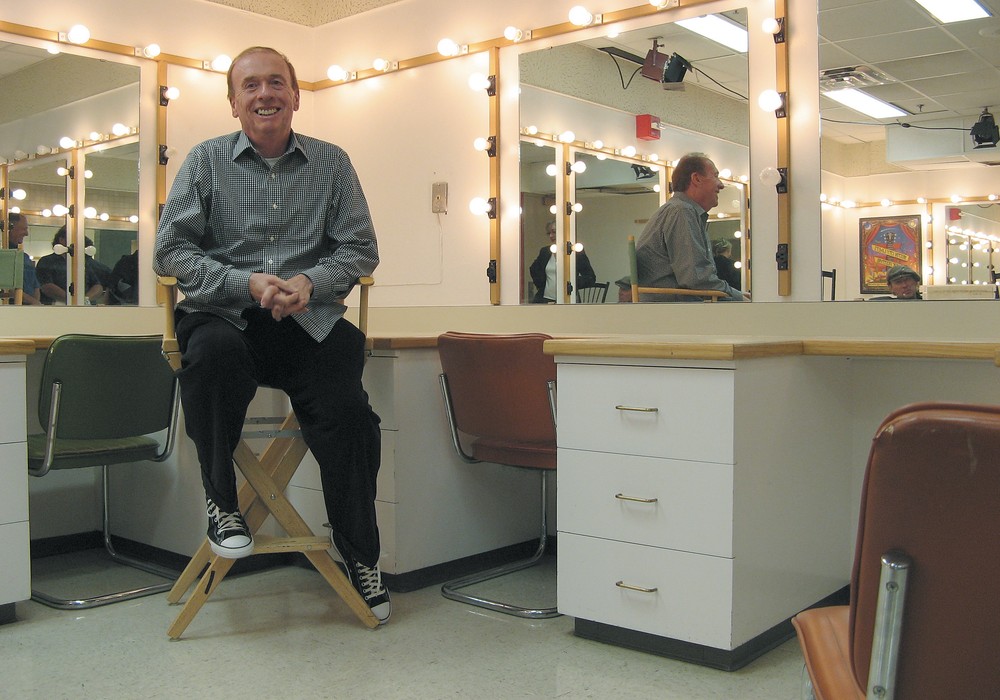Recording engineer Bella Blasko has worked with bands like The National, Big Red Machine, Feist, and Bonny Light Horseman. Additionally, she earned a Grammy nomination for her work on Taylor Swift’s “cardigan” from the album, folklore. She recently spoke with Lisa Machac of the Omni Sound Project about her influences, recording on tour, and her aspirations.
I read that Julie Last helped you with the transition from a musician into engineering.
Julie is an amazing engineer. She was such an inspiration to me. When I first took some recording classes with her at Bennington College, I had an interest in engineering and recording, but I was more of a musician at that point. When I thought about being an engineer, I felt like I wasn’t seeing many women doing that. Having the opportunity to have this mentor who is an accomplished female engineer, it really changed the way I viewed it. I felt like here’s this example of how you can be in the studio. One thing I took from her is that she’s patient and kind. She has a comforting presence – people like being around her, and she approaches things with such care. It gave me an example of what a feminine approach to being a sound engineer could look like. I also related to her on a personal level. I recognized that she was an engineer who wasn’t feeling like, “Well, I’m going to act tough.” She is tough, but she doesn’t have to assert herself in a dominant way to be able to have a strong effect on the people around her.
Would you have begun engineering without a female role model, or do you think your focus would’ve remained solely on your own music?
That’s an interesting question. I think I would have become an engineer, because I was drawn to it. I knew it was something I wanted to explore. But Julie definitely helped me see a path forward in it. Then, when I started having internships and assistant engineer positions in studios, I definitely had a couple of moments where I felt, “I’m not seeing any other women here. How do I fit into this more male-dominated space?” It went from a time of feeling, “Is there really a place for me here?” to being a motivating factor, because I’m not seeing people like me, and that it’s actually important to push forward. Not because I don’t fit in, but because I need to help set a new tone. I am someone who embraces that feminine side of what I want to bring to the table. A lot of it has to do with creating comfortable spaces for people, where they feel they can make their art, express themselves, and make their art sound the way they want it to sound. I can help them get there and not [make them] feel steamrolled. Trying to be a little more intuitive and listening to what people are telling me. Anyone is capable of bringing that energy, and everyone has the potential to be in an environment with that energy.
It’s important to remember that musicians are entrusting us with the technical side, but we still have to speak their language to get technical results. A lot of times that language is more emotive and poetic.
Oh, totally. An engineer is in an interpreter’s role. In language, the way to interpret something actually has an art to it in itself. People interpret poetry from one language to another, and there’s so much nuance there. The choices that they make in the language are how it ends up coming across in the translation. As an engineer, we’re starting with an idea in someone’s head, and the physicality of expressing that music, or that song.
You started as an assistant engineer. What was the transition into having your own clients?
It happened pretty organically. I was an assistant engineer at the Clubhouse and at Dreamland [Recording Studio] in upstate New York. It felt like a natural transition. I started taking on a bigger role and being a lot more active in the recording process, so that gradually shifted. It was people seeing the type of work I was doing as an assistant and noticing that they thought I could step into a bigger role. The National [Tape Op #133] is one of those bands that that happened with. I worked with them pretty early on, and I’ve been working with them...
